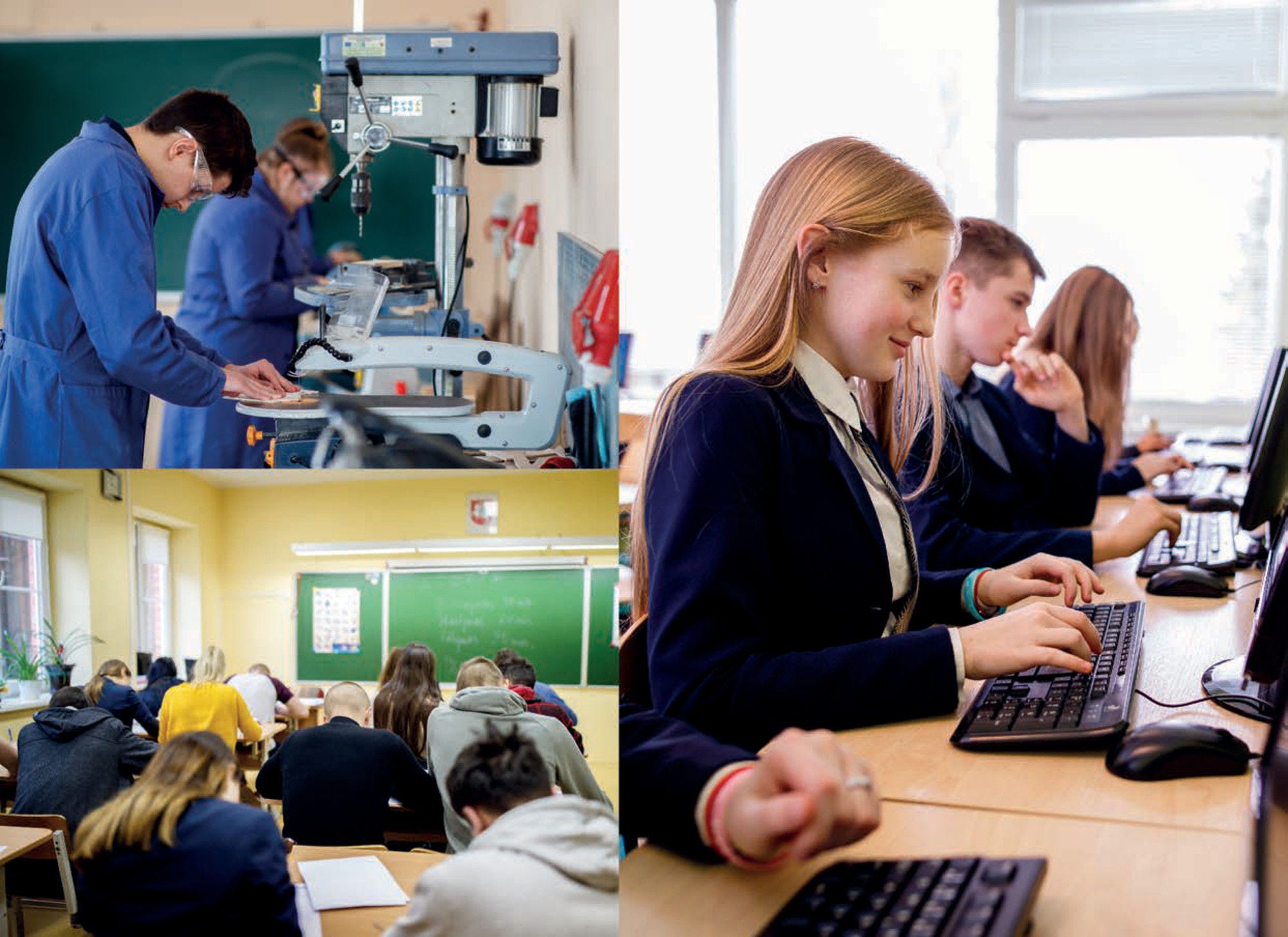Upper secondary education in Lithuania stands out internationally with one of the highest attainment rates across OECD countries. Yet the country and its young people receive relatively modest returns in terms of learning outcomes for the country's high rates of upper secondary completion. According to the OECD’s Programme for the International Assessment of Adult Competencies (PIAAC), attaining upper secondary education in Lithuania provides the smallest positive contribution across OECD countries to an individual’s performance. Of particular concern is the performance of students enrolled in Vocational education and training (VET). PIAAC suggests that VET in Lithuania contributes far less to young people’s skills and knowledge acquisition than in other countries, with young VET graduates performing at almost the same level as those who did not complete upper secondary education. Furthermore, VET students in Lithuania are more likely to leave their programme before completion compared to their peers in general education, and even when they do complete, they have a harder time finding employment compared to vocational graduates in other OECD countries.
To improve the learning outcomes of all upper secondary graduates, Lithuania is currently undertaking a series of reforms. These include changes to how students enter upper secondary education, the introduction of a new curriculum explicitly oriented towards competency development, and reform of the national upper secondary examination and certification, the Matura.
This report provides a set of policy options to support Lithuania’s reforms and national priorities for strengthening upper secondary education. It was developed by the OECD Above and Beyond: Transitions in Upper Secondary Education project at the request of the Lithuanian National Agency for Education (Nacionalinė švietimo agentūra). The report focuses on two priority areas identified by Lithuania - upper secondary pathways, and assessment and certification in upper secondary education. These are discussed below and elaborated in subsequent chapters.
